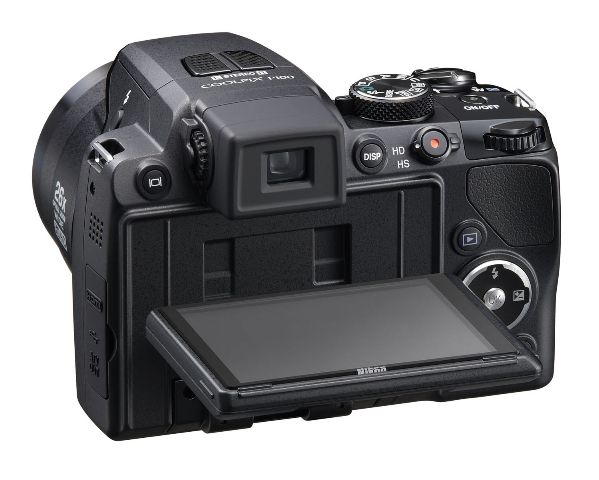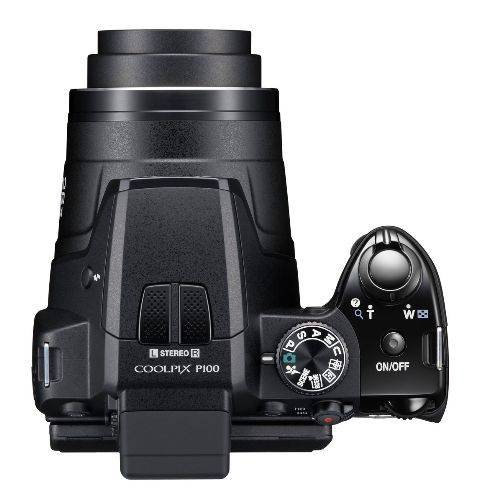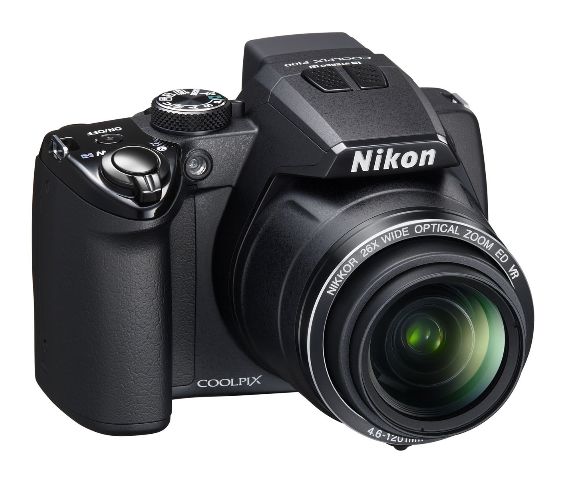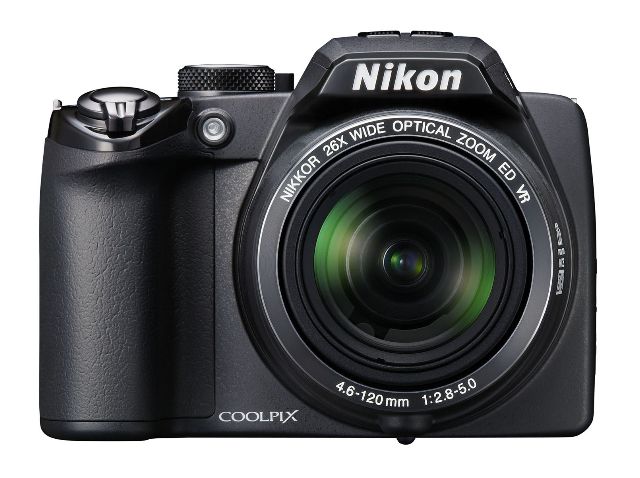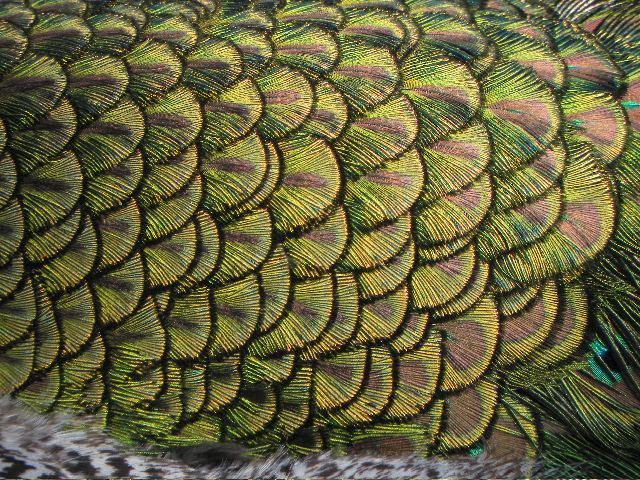The Coolpix P100 is the first Nikon bridge camera with Full HD 1080p resolution movie capture with stereo sound, it also has a remarkable 26x Nikon ED VR zoom lens. That and a CMOS sensor packing 10.3 megapixels makes it a formidable looking bridge-style compact camera.
Our quick take
The Nikon Coolpix P100 is a major step forward in terms of banishing the bane of the compact camera - image noise - though it does look fairly pricey. But that price gets you a superb lens (its remarkable focal range is ably illustrated by the two shots of the lighthouse at Dungeness, though oddly the cloudy WB setting struggled in the wide shot, though that proved a rare issue) which with VR tools, all combine to make the P100 and compact versatile camera capable of some excellent HD movies as well.
Some may dislike the frustrating (for us, at least) lack of quick access to some key controls, ISO control we mentioned earlier but WB is another (these are held in the menus), however the handling and ergonomics of the P100 are actually very good.
Overall the Nikon Coolpix P100 is a remarkable little camera capable of some superb results across its range of sensitivity settings, and is a camera that should be very high on your list if you want a compact shoot-anything camera in a svelte, easy to use package.
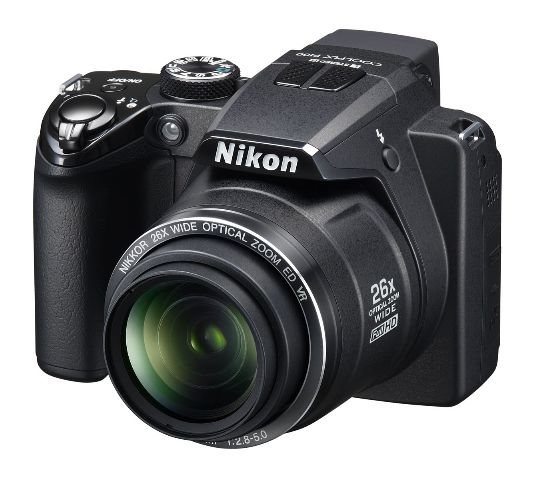
Nikon Coolpix P100 camera - 4.5 / 5
| FOR | AGAINST |
|---|---|
|
|
The camera's lens dominates the design and, with its premium Nikon ED glass, it is a substantial lump of optics indeed. But that does not present a handling problem, the camera is light in the hand and despite the extended lens protruding from the front, handling is very good thanks to the sculpted hand grip upon which the shutter release, on/off button, the lens zoom control, which surrounds the shutter button, lies. The dimensions read out as 114.4 x 82.7 x 98.6mm and it weighs in at 481g.
Aside from the 26mm to 678mm lens and the neat handgrip control layout, another key feature that's immediately obvious, is the large - and excellent to use - 3-inch, vari-angle (tilt and flip, but not turn) monitor, which makes playback of movies, image review and composition a relative breeze. The screen is clear and bright thanks to its 460,000-dot resolution. The vari-angle control means you can adjust its viewing angle from straight down or up, from 45-degree angle upwards with the screen flush against the body or, by extending the screen's strut, at a distance from the body, all great for tripod use, for example.
That is with one exception when the screen faces straight down where the tripod gets in the way. The raison d'etre for that downward angle is almost certainly ideal for overhead shooting in, say, a crowd.
Easily usable in bright conditions, the screen has a low reflection coating and is nevertheless backed up by a small electronic viewfinder, or EVF, toggled via a small button next to the EVF. The 230,000-dot resolution is just about okay but colour balance and critical image assessment of, say, focus is nowhere near as easy to do as with the larger screen.
However, at least it provides a good back-up for power conservation and/or where it's too bright to use the larger screen effectively. A small, rather underpowered pop-up flash nestles within the EVF housing and stereo speaker array (of course also, traditionally, the location of the pentaprism finder on an DSLR) and can be activated manually or automatically depending on whether you are within the automated or manual control options, more on which shortly.
A large top plate mode dial, sat squarely alongside the flash housing and the on/off button has two main sections, one for automated modes and one for manual control options. These are pretty much as you'd expect with fast access to scene modes and settings.
There's the full suite of manual settings, as you'd expect, including full manual control but perhaps more interestingly, there's access to the camera's other very clever kittery. For a start you get the usual all-auto (green) setting, there's a scene auto selector which chooses a setting based on the subject in front of the lens and seems to be able to do that well.
Smart Portrait comes next and this helps to... helps toooo... now let me see, what is it again? Ah, that's it. Get better portraits. And it does this brilliantly by using a combination of technologies including face detection AF, redeye auto fix and smile mode with blink warning.
Now these last two are great, the camera will warn you if a person has blinked so you can take the shot again and it can take a picture automatically as soon as a person smiles. This is both great fun and crucially, it works!
Next up comes subject tracking that allows you to define a subject (by pressing the OK button, within the four-way jog buttons on the camera's back) so that the focusing system then tracks the subject as it (or you) move, meaning you can time the shutter release to perfection for, say, a moving subject and yet keep it sharp. And it's actually very good at tracking the subject across the frame, but if the subject moves towards the camera then it's slightly less effective at keeping things sharp.
Last up there's a User settings position which you can select for oft-used modes already set-up within the camera menu system. And that menu system is very straightforward to use, the camera being designed to offer ease of use yet with plenty of technical wizardry for you to take advantage of.
There are four main menus for camera shooting, movie shooting, playback and settings. Each has tabbed pages of options for you to use and select and cleverly, if you're not sure of what each menu item is for, then you can access a help system that explains the settings by flipping the lens' zoom control.
Okay so the camera is nice to handle and is a cinch to use effectively with a great range of clever and technically advanced features to tinker with. Let's have a look at the shooting options, both video and still.
HD movie quality is very good at a max 1080p; the stereo sound setup is nice to have but is without an external speaker, and the lens zoom operation makes a rather distracting whirring noise on your footage. At least you can zoom while filming, but the AF has a real struggle keeping up.
Movie quality is good and thanks to the VR (Vibration Reduction) system on the camera hand holding at longer focal lengths, when either still and movie shooting is just about possible ... just.
One slight issue we had is the fact there’s a dearth of direct controls on the body, frustratingly so even for ISO for example; the fast routes into flash, exposure compensation and macro shooting are the norm, but while this is a feature-rich camera, a lot of its best bits are hidden in menus.
Clever tools such as those mentioned above and others, such as the high dynamic range (HDR) capture and multiple exposure show how this camera offers a high level of advanced controls even for the less adept user if they want to use them. More advanced users might find the access to them a little slow however.
In terms of still image quality, the first thing of note is the excellent auto white balance (WB), which works really well even in mixed lighting, some of the best results we’ve seen from recent compacts and the benefit to your images is clear as better white balance makes them look more natural.
Colour is good too with the standard mode providing natural-looking (though there's the customary range of adjustment options such as vivid and monochrome you can play with) and the sheer level of detail is also excellent; the CMOS sensor is a new design that has a backlighting technology to help improve low light noise performance as it aids the amount of light each pixel receives.
The low sensitivity noise performance is very good indeed, the lower ISOs benefiting from the new sensor technology as well as the higher settings where up to ISO 800 things look very good indeed. But as you get to the higher settings things become less good, but not dramatically so. In fact this is some of the best ISO performance of a compact we’ve seen so top marks for Nikon’s boffins, as they have obviously worked very hard on this camera to mitigate noise issues, not only keeping them to a minimum, but actually managing to preserve colour detail as well, even at ISO 3200.
To recap
Nikon’s Coolpix P100 is a simple-to-use and great-to-handle compact capable of great results even at higher sensitivity settings. Its remarkable 26x zoom makes it versatile and it’s crammed with clever features and a new sensor technology for better detail and lower noise problems, which makes it very good indeed

